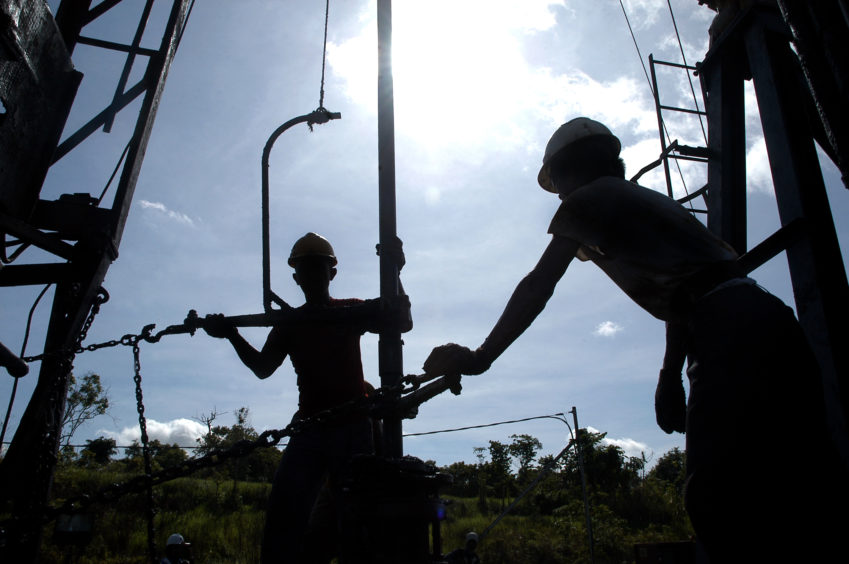
One worker was killed in an accident last Thursday at the Rokan Block in Indonesia, operated by national oil company Pertamina. A subsidiary of the NOC, Pertamina Hulu Rokan (PHR), is aggressively trying to boost output at Indonesia’s second-largest oil producing block after taking over from previous operator Chevron in August.
Ruangenergi.com reported that the accident took place during the process of moving a boom buffer at the Bekasap-206 well. PHR and upstream regulator SKK Migas confirmed the fatality, according to Ruangenergi. The worker was employed by a contractor not directly by PHR.
PHR said it will carry out an analysis to identify lessons learned and then take the necessary actions to prevent similar incidents in the future.
“First of all, I’m concerned. I think this is a disaster and none of us want that. However, of course there are some things that need to be looked at in more detail about the root of the problem to be used as lessons. This also needs to be noted… Do not let the focus on increasing production be careless,” said the Executive Director of the Reforminer Institute, Komaidi Notonegoro, reported Ruangenergi.
“This is a drill, drill, drill philosophy, what is the cost of 400-500 wells to be drilled? A lot. (But) What will the return be?” said George Barber, an Indonesia-based director at Terra Energy & Resource Technologies, which provides innovative exploration services, referring to Pertamina’s plans to aggressively boost drilling with the goal of lifting output.
“To understand more of the mature field remaining resources requires detailed high-resolution exploration which will cost less than one well,” added Barber.
“We have noticed in the Mahakam block (which Pertamina took over from Total) that they have increased the speed of drilling and drilling more wells. Aiming to meet higher numbers could mean more accidents in the long-term,” he warned.
Pertamina is aiming to boost upstream output at the Rokan block by 16,000 b/d this year. Production from the block in Indonesia is around 160,000 b/d and the government is expecting output to average 165,000 b/d for the full year.
Pertamina hopes to produce 180,000 barrels of oil per day from Rokan next year. The company said last week that it plans to drill up to 500 wells next year that will require additional rigs to hit its target. “In 2022, the number of rigs will increase to 20, and workover well service (WOWS) rig 40. (PHR) will drill 400-500 wells to achieve average oil production of 180,000 bpd,” said PHR President Director Jaffee A. Suardin.
Eventually, it plans to boost production to 200,000 bopd, although the NOC has not offered a timeline to achieve this.
Chevron’s request to extend their Rokan PSC was refused in July 2018 in favour of Pertamina. Production from Rokan has dropped sharply from 210,000 b/d in 2018 to around 170,000 b/d in 2020 after Chevron cut back on investment.
